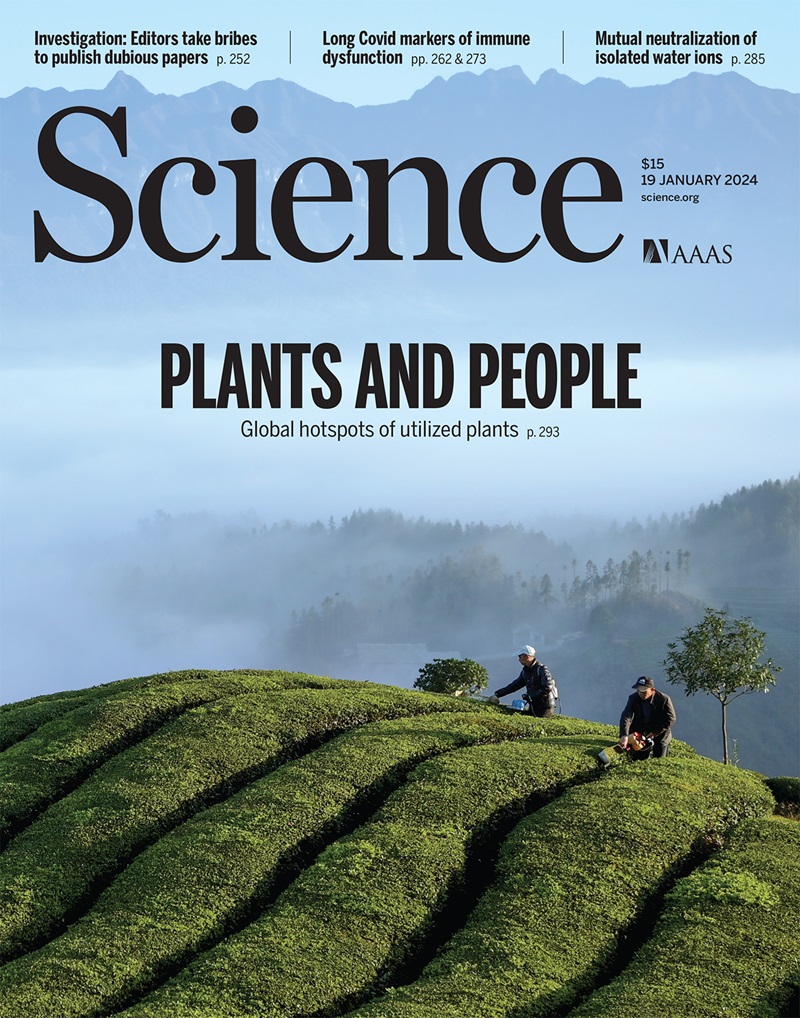Error-detected quantum operations with neutral atoms mediated by an optical cavity
IF 44.7
1区 综合性期刊
Q1 MULTIDISCIPLINARY SCIENCES
引用次数: 0
Abstract
Neutral-atom quantum processors are a promising platform for large-scale quantum computing. Integrating them with optical cavities enables fast nondestructive qubit readout and access to fast remote entanglement generation for quantum networking. In this work, we introduce a platform for coupling single atoms in optical tweezers to a Fabry-Perot fiber cavity. Leveraging the strong atom-cavity coupling, we demonstrated fast qubit-state readout with fidelity and two methods for cavity-mediated entanglement generation with integrated error detection. First, we used cavity-carving to generate a Bell state with 91(4)% fidelity and a 32(1)% success rate (the number in parentheses is the standard deviation). Second, we performed a cavity-mediated gate with a deterministic entanglement fidelity of 52.5(18)%, increased to 76(2)% with error detection. Our approach provides a route toward modular quantum computing and networking.
求助全文
约1分钟内获得全文
求助全文
来源期刊

Science
综合性期刊-综合性期刊
CiteScore
61.10
自引率
0.90%
发文量
0
审稿时长
2.1 months
期刊介绍:
Science is a leading outlet for scientific news, commentary, and cutting-edge research. Through its print and online incarnations, Science reaches an estimated worldwide readership of more than one million. Science’s authorship is global too, and its articles consistently rank among the world's most cited research.
Science serves as a forum for discussion of important issues related to the advancement of science by publishing material on which a consensus has been reached as well as including the presentation of minority or conflicting points of view. Accordingly, all articles published in Science—including editorials, news and comment, and book reviews—are signed and reflect the individual views of the authors and not official points of view adopted by AAAS or the institutions with which the authors are affiliated.
Science seeks to publish those papers that are most influential in their fields or across fields and that will significantly advance scientific understanding. Selected papers should present novel and broadly important data, syntheses, or concepts. They should merit recognition by the wider scientific community and general public provided by publication in Science, beyond that provided by specialty journals. Science welcomes submissions from all fields of science and from any source. The editors are committed to the prompt evaluation and publication of submitted papers while upholding high standards that support reproducibility of published research. Science is published weekly; selected papers are published online ahead of print.
 求助内容:
求助内容: 应助结果提醒方式:
应助结果提醒方式:


